How Israeli attempt to co-ordinate Gaza aid went horribly wrong
Israel’s military had avoided overseeing humanitarian deliveries until this week.

In the cold, pitch-black hours before dawn Thursday, thousands of hungry people were drawn to Gaza City’s Mediterranean coastal road by rumours of trucks carrying food. Wartime aid deliveries had been targets for looters and hit by Israeli fire, yet the throngs came anyway.
The convoy headed their way was rare: Some 30 trucks whose progress was being overseen by Israel’s military. For months, Israel had sought to avoid involvement in supplying Gazans with aid as it fought Hamas, but Gaza City had become so lawless and food deliveries so perilous, that the military last Sunday began organising humanitarian operations to northern Gaza.
At the sight of the first headlights around 4.40am, crowds ran to the trucks as they approached a prominent local landmark, the Nabulsi Roundabout, said Israeli officials and witnesses. Among them was Abdu Ashi, a Gaza City father of six children who walked to the seaside there Thursday morning with two teenage sons.
“I knew it was dangerous, but we are starving,” Ashi said.
Suddenly, gunfire rang out, Ashi said. A man next to him dropped to the ground, shot in the head. Bodies were strewn around him, while some survivors ran away with bags of flour, rice, lentils, dates and canned beans taken from the backs of the trucks.
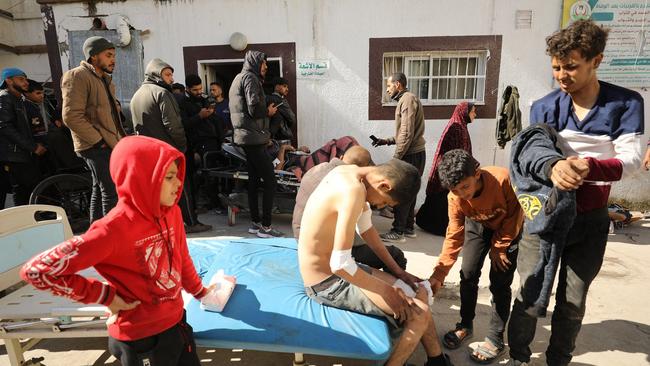
A few hundred yards south, near the back end of the convoy, crowds also surrounded trucks. The Israeli military said some people approached Israeli tanks and ignored warning shots trying to get them to disperse. Troops felt threatened and opened fire, Israel’s military said. A military spokesman said soldiers killed fewer than 10 people. Thousands of people ran from the gunfire, stepping over the injured and dead.
By the time the sun rose, dozens of bodies lay on the ground at the front and back of the convoy, witnesses said. Israeli officials said many were trampled to death by panicked crowds or run over by aid-truck drivers trying to escape the chaos. Israeli officials said Palestinian gunmen had also opened fire, resulting in deaths.
In all, Gaza health authorities say, 112 people were killed and hundreds more injured, in one of the single biggest losses of civilian lives since Israel launched its ground offensive in late October.
The events illustrate how a power vacuum in the Gaza Strip, particularly in its bombed-out biggest city in the north, has created a combustible mix of starving people, soldiers and militants that humanitarian experts and military analysts said was destined to blow up sooner or later.
The Israeli military’s suddenly stepped up involvement in aid distribution in Gaza, and how it went so wrong so quickly, speaks of the growing desperation of the population and the challenges of carrying out an effective humanitarian response with war raging in a densely packed space.
Until last week, Israel had a hands-off approach to aid in Gaza. Since the start of the war, the United Nations and aid groups have managed virtually all of the humanitarian response. A majority of the 2.3 million inhabitants in the enclave are displaced, hungry and lack adequate access to medical care.
The UN’s World Food Program has warned that Gaza is suffering from the worst level of child malnutrition anywhere in the world and is heading toward famine. The situation is especially dire in north Gaza, most of which is still a battlefield and where between 300,000 and 500,000 people still live.
In the immediate aftermath of the Oct. 7 attacks on southern Israel by Hamas, the single deadliest day for Jews since the Holocaust, with 1200 people killed, Israel temporarily blocked all goods from entering Gaza. It since has allowed limited categories of humanitarian aid into the enclave – food, medicine, water, tents and some fuel – and banning almost everything else.
Within Israel, allowing any aid into Gaza at all is a sensitive issue. More than two-thirds of Israeli Jews oppose any transfer of aid to Gaza. Prime Minister Benjamin Netanyahu is under pressure from his far-right allies to close the aid tap altogether. It therefore has been difficult for the Israeli military to get involved.
“The problem is not only that the government didn’t think in a deep manner about the day after, but the fact that there were a lot of illusions about the day after,’” said Michael Milshtein, the former head of Palestinian affairs for Israeli military intelligence. “It’s illusions instead of a realistic strategy. And this is the price of such an illusion.” Thursday’s deadly events happened during Israel’s fourth humanitarian operation since Sunday night, said Rear Adm. Daniel Hagari, the chief spokesman for the Israeli military. The first three were carried out without problems, he said.
The UN and international aid groups have scaled back their missions to the north in recent weeks because of the intensity of the conflict and widespread lawlessness. As a result of the pullback, and of far-right Israeli protesters blocking convoys, the amount of aid entering Gaza dropped by 50 per cent in February compared with January, according to the UN.
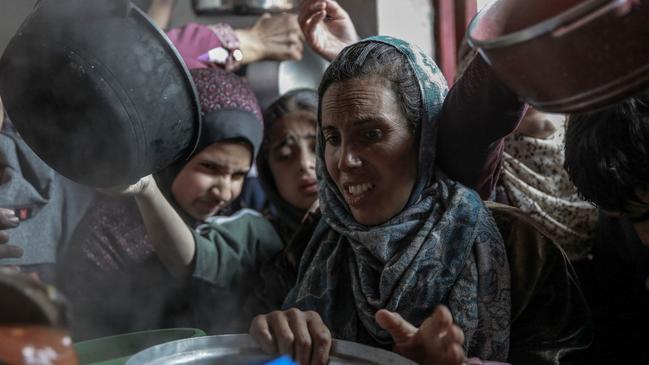
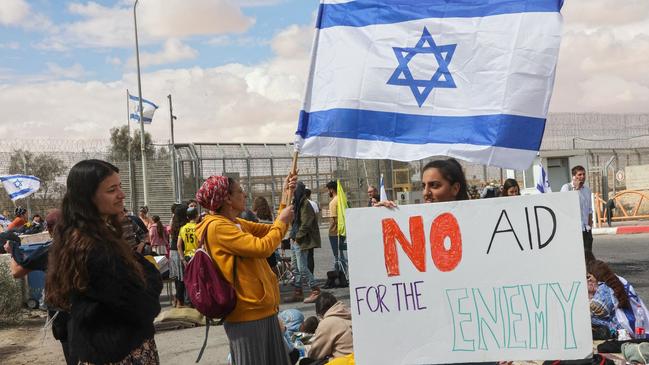
On Feb. 5, a UN truck convoy carrying food to the north was waiting near an Israeli checkpoint in the coastal area of Deir al-Balah when it was hit by Israeli naval gunfire, according to UN officials. After that, the UN and international aid groups suspended food deliveries to the north. The Israeli military said it was targeting “Hamas terrorist infrastructure” and said it is investigating the aid-truck incident.
The World Food Program, one of the two main UN agencies responsible for distributing food in the enclave, tried to resume food deliveries to the north on Feb. 18. On that day, its trucks were assaulted by desperate crowds soon after they crossed an Israeli checkpoint and entered northern Gaza. They also faced gunfire. The food agency once again suspended its missions to the north.
With aid groups struggling to deliver aid, Israel has been under mounting pressure to step in, particularly from the US.
US officials have been asking Israel to open up at least one new crossing point into the northern Gaza Strip in an effort to accelerate aid. All goods now arrive by land via Egypt and must be screened by both Egyptian and Israeli authorities before entering Gaza through two crossings: one next to the border town of Rafah; and the other at Kerem Shalom in southern Israel.
The Biden administration also has been pressing Israel to halt its attacks on Hamas police officers who stopped providing security for aid convoys after coming under repeated attack by Israeli forces.
Israel’s desire to reach a deal with Hamas for the release of the Israeli hostages still held in Gaza has added to the pressure. Hamas has repeatedly said that such negotiations are conditional on increasing aid to Gaza, and particularly northern Gaza, according to Egyptian officials who are mediating the discussions.
In the night between Sunday and Monday, the Israeli military carried out its first humanitarian operation in Gaza, turning to private contractors to carry food in the northern part of the enclave. In the first three, consecutive night-time missions, some 50 aid trucks reached northern Gaza, Israeli military officials said.
“UN organisations said they won’t do supplies so we’ve operated directly through different organisations and existing distribution capabilities within the Gaza Strip to get food into the north,” said Israeli military spokesman Lt. Col. Peter Lerner. He said the aid came from an Egyptian donor and the trucks were from private companies.
The Israeli military played a more direct role in helping secure these aid convoys than it had previously. On Thursday night, it dispatched tanks in an effort to guarantee safe passage for the aid trucks.
UN and humanitarian groups need the permission of the Israeli military to travel north, but Israeli troops don’t escort those convoys. The Israeli military, which regulates access to the north through two checkpoints, has denied permission to more than half of planned humanitarian missions there so far this year on security grounds, according to the UN
On Thursday, minutes after the convoy of aid trucks passed through an Israeli checkpoint, crowds of civilians rushed toward the vehicles and forced them to stop, said Hagari, the Israeli military spokesman.
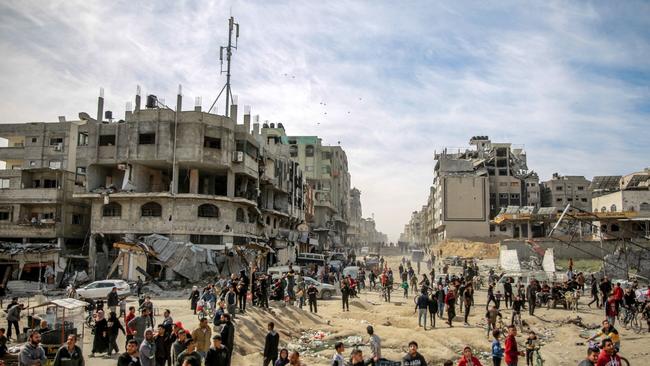
The tanks tried to “disperse the mob with a few warning shots,” he said. “The IDF was there conducting a humanitarian operation so that aid could reach Gazans civilians in the north that are in need.” Belal Alisi, a 28-year-old former furniture store manager, and his brother Khalid were among the thousands of people who gathered at the Nabulsi Roundabout in the early hours of Thursday. He was searching for food for his two young daughters, 5-year-old Layan and 3-year-old Mila, who had hardly anything to eat for the past few weeks.
The two brothers each were able to grab some food to bring home. As they ran away, Belal was shot in the back of his head. “He fell to the ground on his aid package,” said Mohammed Alisi, another brother who is a doctor at Al Shifa Hospital. “He died before arriving at the hospital.” In the hours that followed, hundreds of bloodied people started streaming from the coastal road into hospitals in northern Gaza. Many arrived on donkey-drawn carts, said Ahmed Almaqadma, a doctor at Al Shifa Hospital.
Almaqadma quickened his pace to the hospital’s emergency room. “There was no bed and floor space,” he said. Most of the patients had gunshot wounds, he said. He said the large size of the lacerations and entry wounds made him think large-caliber weapons were to blame. He also saw some patients had shrapnel wounds. Doctors in the ER later told him that a few people had fractured limbs, likely due to trucks running over them.
Sami Fayyad, 40, a father of nine, said he had gone to the Nabulsi Roundabout. When shooting started Thursday morning, he said, he saw people gathered across the road from Israeli tanks fall to the ground. He said he heard shooting coming from the direction of the checkpoint.Fayyad escaped. He was back the following night, hoping for more aid trucks to appear. “None came in today,” he said Friday morning. “Our main job each day we are alive is to try to secure a bite to eat.”
The Wall Street Journal



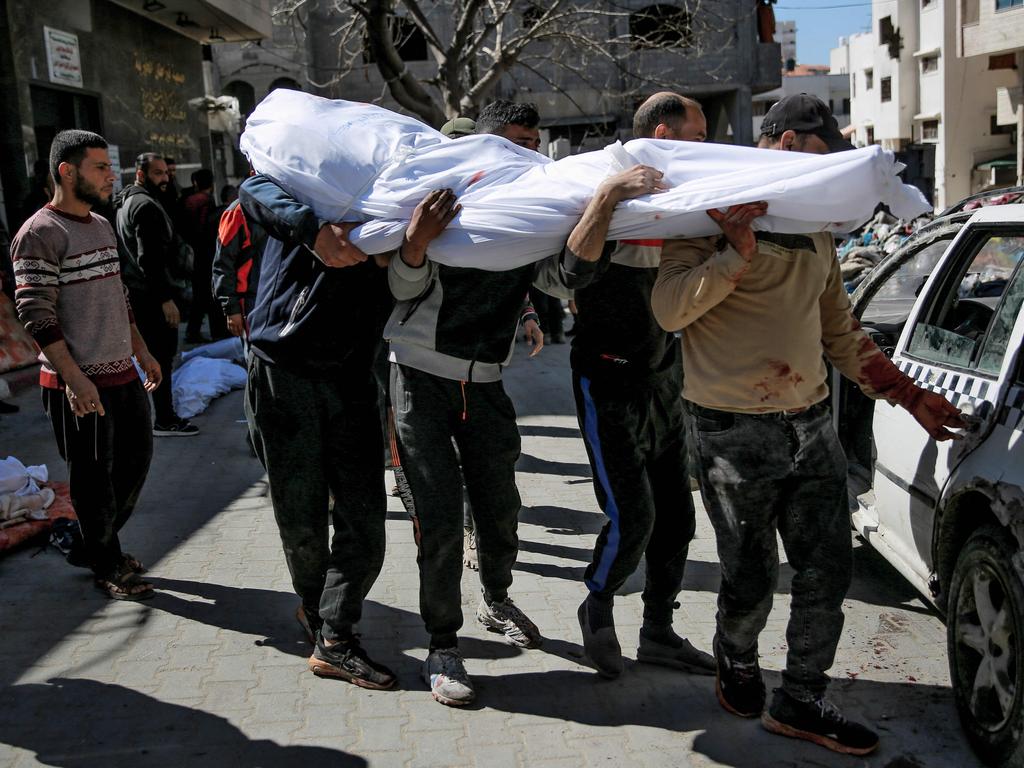
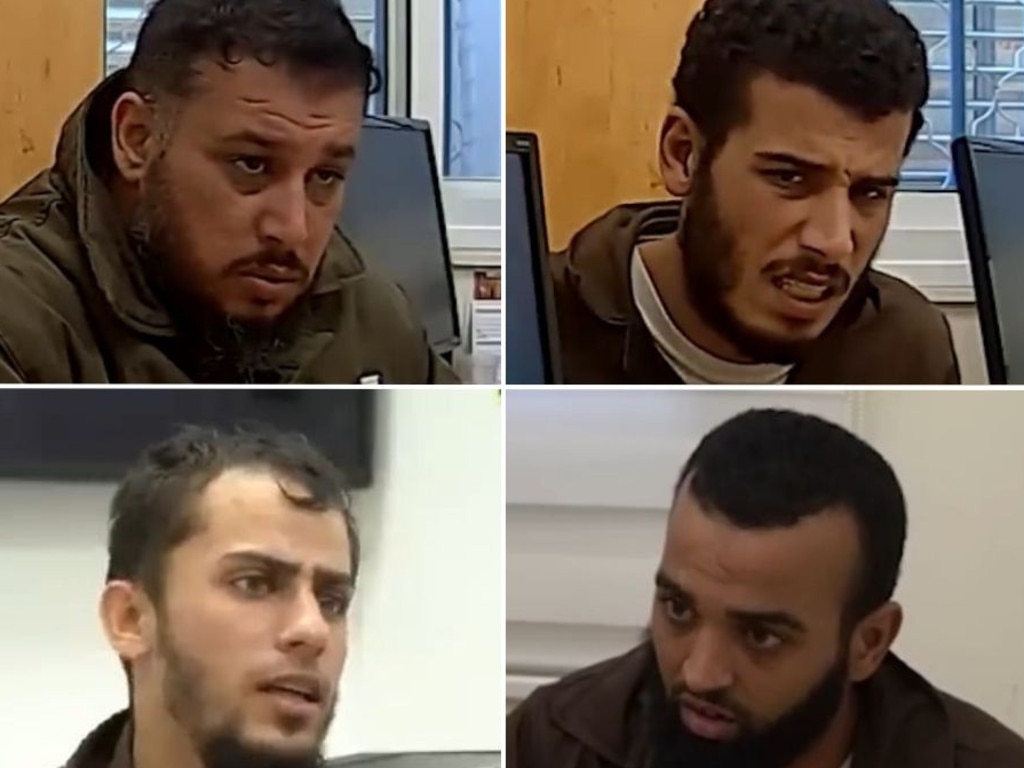
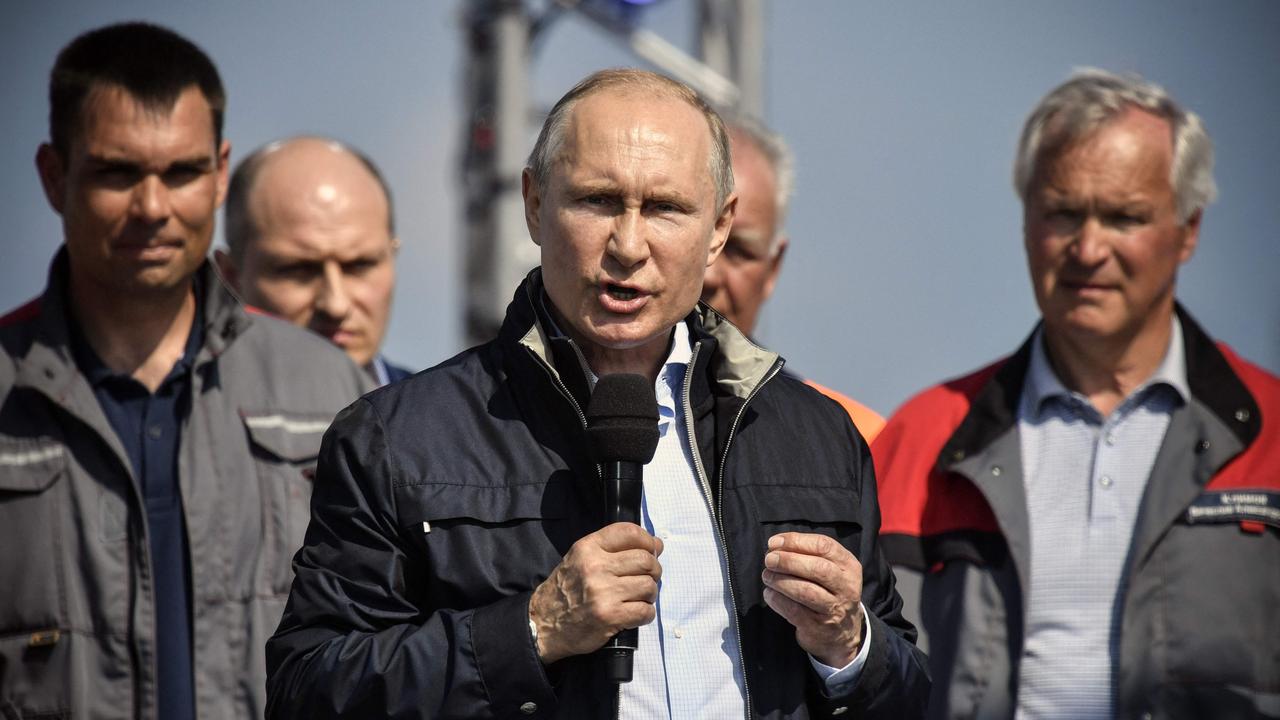

To join the conversation, please log in. Don't have an account? Register
Join the conversation, you are commenting as Logout